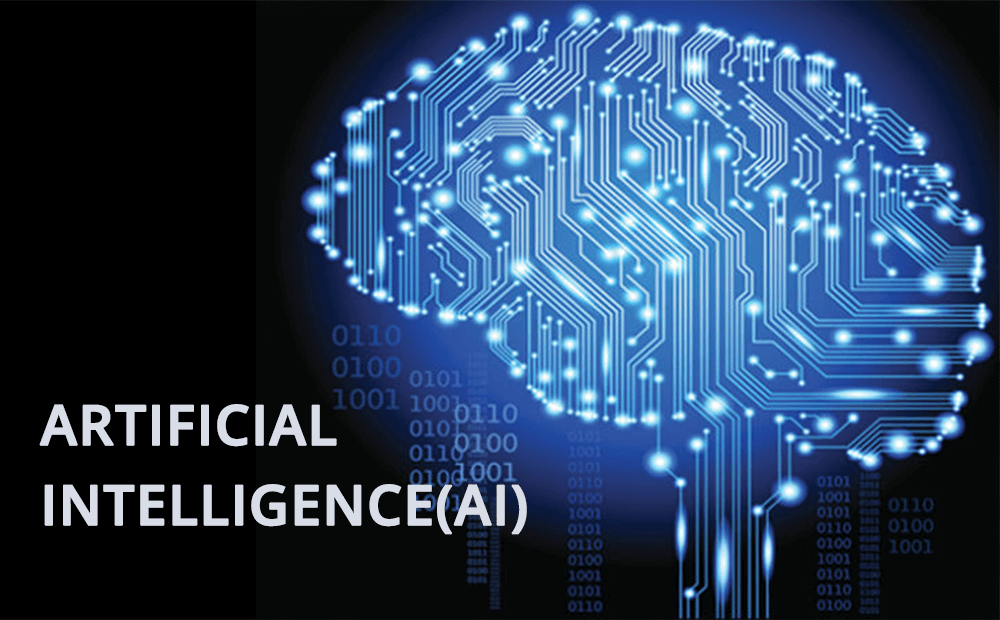An introduction to Artificial Intelligence (AI)
Artificial Intelligence has been around for some time now. In fact a few decades now; in the initial years, 50 to 60’s decade, it was mainly focused on solving algebra problems, playing checkers and speaking English. In the later decades, more focus on artificial intelligence was given by the U.S. military for defence purposes. However, it was not very successful. In the so-called slow years, AI kept developing but the progress was really slow till commercial systems and usage were identified as a potential for the use of Artificial Intelligence. In the latter half of 1990’s, AI was used in data mining, medical diagnosis and other areas where consumer behaviour or progress of any disease were to be predicted.
As the semiconductor industry and other fields in the research of materials progressed, more focus was given on developing intelligent machines that could function as robots and solve day to day problems of humans. Large corporations such as IBM and others in the field took a deep interest in developing systems that could take in huge amounts of data and process and churn and bring out some meaningful predictions through it. They also focused on allowing the system to upgrade its knowledge as it gained new information. The artificial intelligence became smart enough to start learning.
IBM created a system called IBM Watson that took in large amounts of data from humans as well as other sensors around it and started to build logic and other intelligence around it to make human life easier, solve complex problems or simply help us with whatever we wanted to do – being it ordering pizza when we are hungry, based on the mood sensors in our homes which picked up audio patterns in our speech that indicated that we were irritated because we were hungry.
Advances in the technology of semiconductor and other materials as well as development in the programming of these artificial intelligence machines or processors have helped in creating humanoids that can completely replace humans in daily tasks. Currently, these are limited to serving guests with housekeeping items in hotels or to taking dining orders and serving them to the customers in restaurants.
These are commercial uses. Law enforcement agencies also are becoming interested in using robots for fighting the world’s problems like terrorism and fighting local crime. Bomb detector and disposal robots would be of immense use. Sending in these AI equipped machines into hazardous areas where no human being can survive is of incredible value. A recent success in this area was the success of scientists in finding the actual fault in the famous Fukushima nuclear reactor that broke down following a major earthquake and a Tsunami in that region. The robots were able to reach the reactor that had its core melted and were also able to help the scientists who are working to contain the radioactive leak with important information on how to shut it off completely.
With advanced material usage and technology, the artificial intelligence is being used in robotics. Sophia the robot that recently got citizenship of Saudi Arabia can smile, react to people’s tones and modes through facial expressions and can even open and close her eyelids like we humans do. We are very close to creating a fully humanized robot that can work and function like us humans. They also have extremely high intelligence and can continue to learn new things on their own.
As with any technology, there are pros and cons to artificial intelligence as well. Misuse and abuse of these technologies falling into the wrong hands can have devastating effects. Moreover, investments in the wrong technology can have unwanted outcomes.
In conclusion, having artificial intelligence as our aid definitely has its advantages and our life can radically change when we bring this technology into the mainstream. It has already started in the form of the order serving robots and Sophia the humanoid robot that can speak just like we do.
If we are able to control this properly, the possibilities are endless and it remains a question of time how we leverage it to our best advantages.
Reference Links:
https://en.wikipedia.org/wiki/Artificial_intelligence
https://www.ibm.com/watson-analytics
https://sophiabot.com/about-me/




